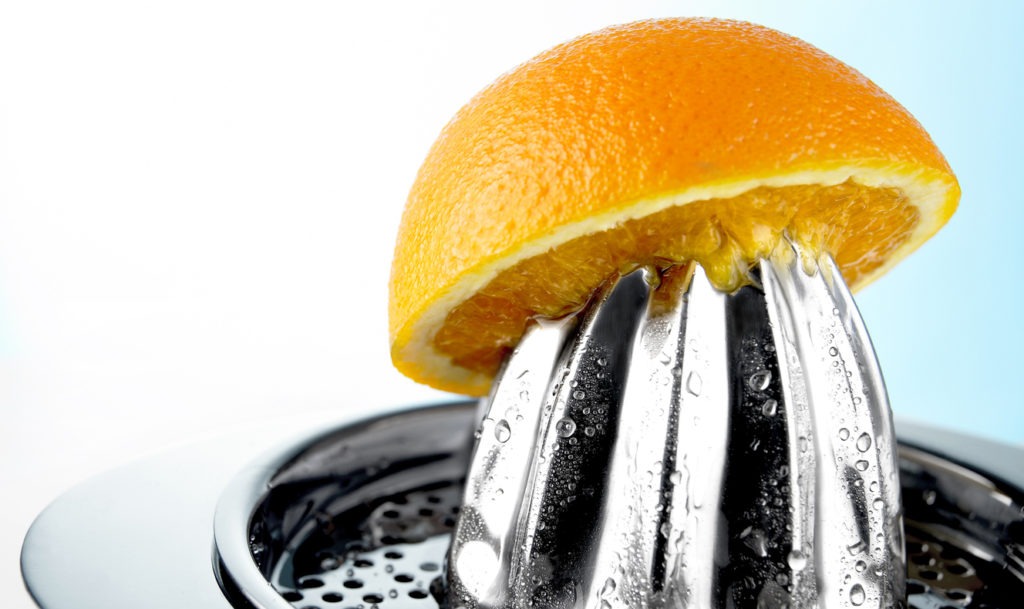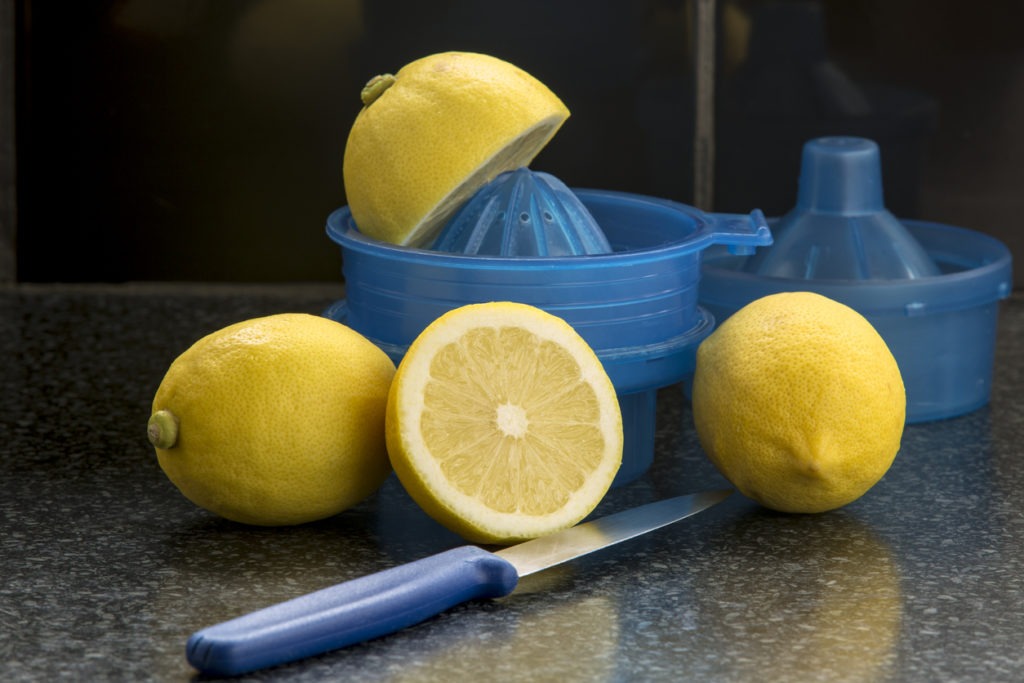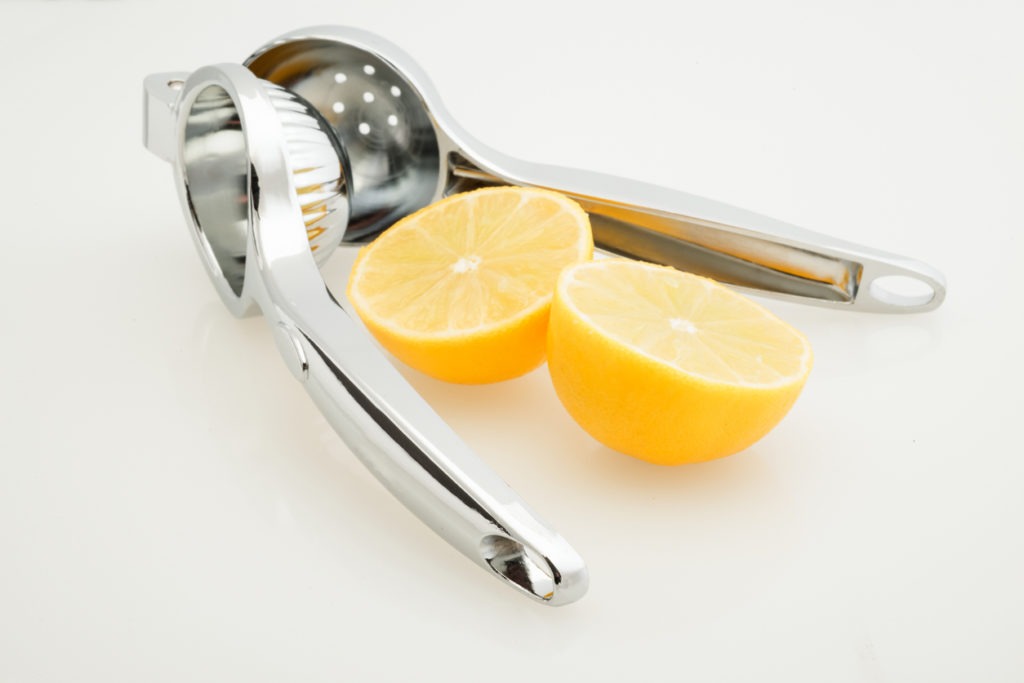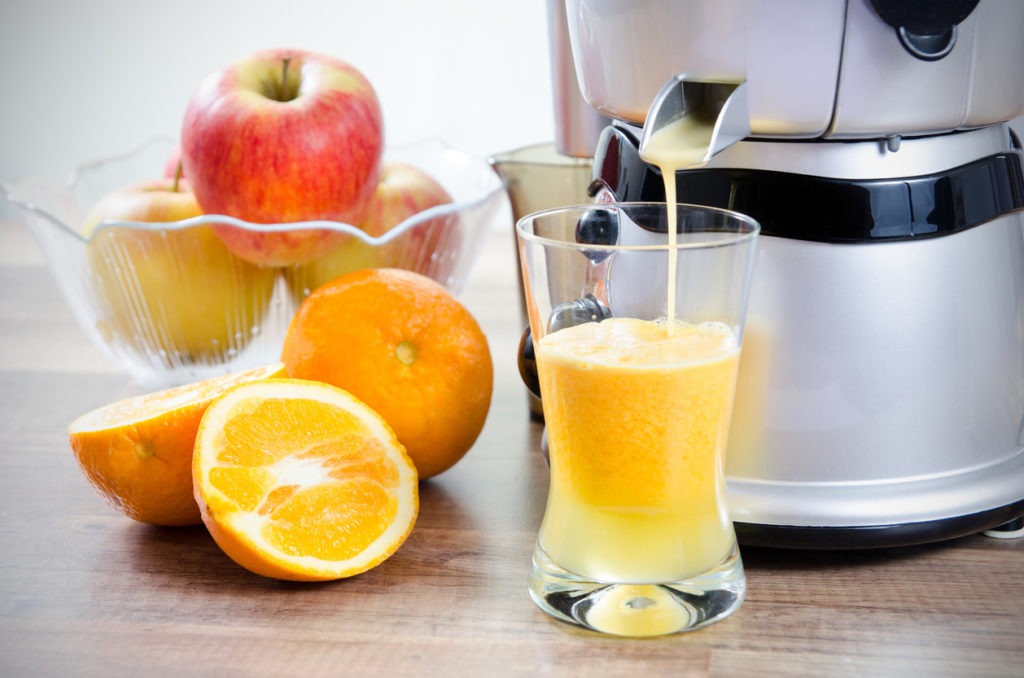Since the invention of this ingeniously straightforward tool that made the lives of many housewives and bartenders much easier, the lemon squeezer has come a long way. Due to the lemon’s thick skin, the early users of lemon juice wanted to extract as much juice as possible because it was expensive at the time. And thus the lemon squeezer was invented. The information you need to know about a lemon squeezer is provided below.
What is a Lemon Squeezer?
A small kitchen appliance or tool called a lemon squeezer is used to squeeze the juice out of lemons or other citrus fruits like oranges, grapefruit, or limes. The lemon squeezer works by applying pressure to a lemon to extract the juice and pulp from the rind.
Additionally, it is made to be simple to use and extract the juice. Given how acidic lemon juice is, the squeezer must be made of sturdy, acid-resistant material, like plastic, glass, metal, or metal, most commonly stainless steel.
History of Lemon Squeezer
The earliest known lemon squeezers, which date to the first quarter of the 18th century, were discovered in Kütahya, Turkey. These were made on an individual basis and were intended specifically for the then-trendy citrus beverage sorbet. Although they were heavily imported to Constantinople in the 17th and 18th centuries, lemons are not native to northern Turkey. Many different lemon squeezer models were patented in the United States at the end of the 19th century. Over 200 patents for lemon squeezers are listed by the U.S. Patent and Trademark Office, the majority of which were filed between 1880 and 1910. But there have been a lot of lemon squeezers designed and made over the years, and there are a lot of different types available today as well.
Varieties of Lemon Squeezer
The bowl-shaped or handheld lemon squeezers are the ones that are most frequently used.
1. Bowl-Shaped Lemon Squeezer
The bowl-shaped ones have a perforated plate attached to a conical, ridged center. A user presses and rotates a lemon half back and forth to extract lemon juice by placing the cut-side-down lemon halves over the ridged conical top. The perforated plate’s function is to separate the seeds from the lemon juice and allow that to filter into the container.
2. Handheld Lemon Squeezer
The small cavities at one end of each of the two handles on the handheld lemon squeezers are two in number. The upper handle’s cavity is smaller than the lower handle’s. The two handles have a hinge at the cavity end that allows the smaller handle to sit over the handle with the slightly larger cavity. The larger cavity has perforations that only let lemon juice—not lemon seeds—flow down through it.
The upper handle is pressed down while half of a lemon is placed inside the lower handle’s cavity. The juice from the lemon half comes out when you press the handles together. They are all specifically made to prevent pressing the acrid lemon seed juice.
How Does Lemon Squeezer Work?
The lever and fulcrum mechanism is how the lemon squeezer operates. The lemon acts as the fulcrum, and the upper portion is the lever. The lemon or lime is pressed between the upper and lower parts by the hinge that connects them. Slits or holes that serve as a strainer could be present in the lower portion.
Lemon Squeezer vs. Reamer and Electric Juicer
It is typically easier to use and more effective than a lemon reamer. It also doesn’t require as much cleaning as an electric juicer. The majority of the time, a lemon squeezer will extract the most juice possible from half of a lemon with just one squeeze.
Juicers operate more quickly, but squeezers are more precise. The ingredients are crushed, which increases the number of nutrients in the juice and allows for longer storage. Juice from a squeezer is not only thicker and more delicious than juice from a juicer but also healthier.
Benefits of Using a Lemon Squeezer
For those who frequently use lemon juice in their cooking, a lemon squeezer is a great tool. Anyone who enjoys lemon water may find that purchasing a squeezer makes the process of extracting juice easier.
- The juice is thick, delicious, and nutrient-rich.
- Because the drink only slightly oxidizes, it can be kept in the refrigerator for up to 72 hours without losing essential vitamins.
- Nearly silent
- Easy to clean
- Squeezes the juice from small fruits, such as berries, as well as deciduous plants or herbs.
- Squeezes a lot more juice out of fruits and vegetables, making it more efficient
Factors that Matter in Choosing your Lemon Squeezer
1. Material
According to research, aluminum can leach dangerous amounts of metal into the liquid it comes into contact with, especially when the liquid is acidic like lemon juice. Contrarily, stainless steel is safe to use and doesn’t let chemicals contaminate the lemon juice.
Using wooden lemon squeezers is not advisable because they are difficult to clean, absorb liquids, and have polished surfaces that have chemicals already layered on them.
2. Depth of the bowl
Have you ever noticed that to squeeze every last drop of juice from a lemon, you have to repeatedly remove the lemon pieces from the squeezer and arrange them in various positions? When the bowl (or bucket, cup) is shallow, that occurs. In this manner, even when there is still more juice available, you easily reach the maximum squeeze limit. A deep bowl makes it possible to squeeze in one motion.
3. Rough Edges
Squeezers of low quality sometimes have edges that are rough, raw, or even sharp. This not only hurts the hands but also raises the possibility of future rusting. You could also see if the two ends are completely open for cleaning purposes. The hinges would be simpler to clean as a result.
Conclusion
These are the things you need to know about lemon squeezers. The benefits of a lemon squeezer listed above can improve the productivity and health of your kitchen.






